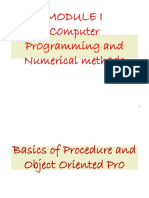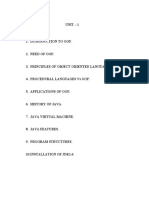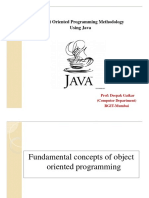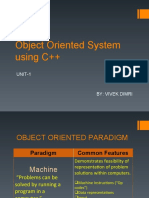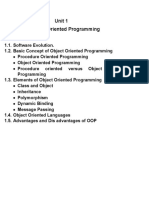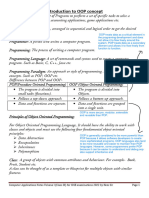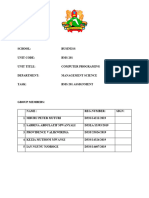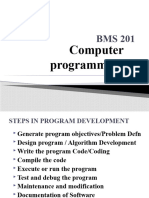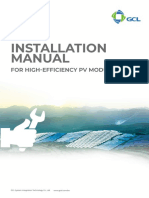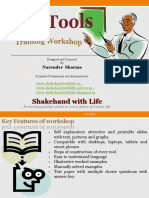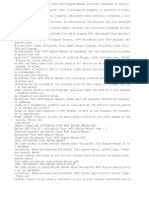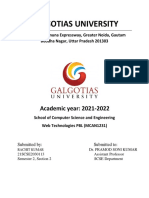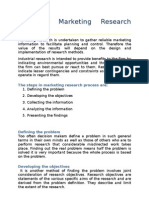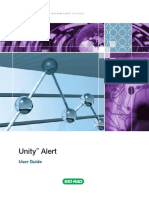0% found this document useful (0 votes)
81 views22 pagesBMS 201 C++Programming Concepts 2021
1. Modular programming divides a program into modules that can be developed separately but coordinated as a suite. This allows programs to be prepared by a team and available more quickly.
2. Structured programming organizes programs in a way that increases readability, testability, debuggability, and modifiability. It assists in developing large programs through stepwise refinement and modularity.
3. Object-oriented programming (OOP) models real-world problems by decomposing them into discrete objects that combine data and behaviors. OOP emphasizes data over procedures and allows for easier addition of new data and functions.
Uploaded by
Brian MutuaCopyright
© © All Rights Reserved
We take content rights seriously. If you suspect this is your content, claim it here.
Available Formats
Download as PPTX, PDF, TXT or read online on Scribd
0% found this document useful (0 votes)
81 views22 pagesBMS 201 C++Programming Concepts 2021
1. Modular programming divides a program into modules that can be developed separately but coordinated as a suite. This allows programs to be prepared by a team and available more quickly.
2. Structured programming organizes programs in a way that increases readability, testability, debuggability, and modifiability. It assists in developing large programs through stepwise refinement and modularity.
3. Object-oriented programming (OOP) models real-world problems by decomposing them into discrete objects that combine data and behaviors. OOP emphasizes data over procedures and allows for easier addition of new data and functions.
Uploaded by
Brian MutuaCopyright
© © All Rights Reserved
We take content rights seriously. If you suspect this is your content, claim it here.
Available Formats
Download as PPTX, PDF, TXT or read online on Scribd
/ 22






